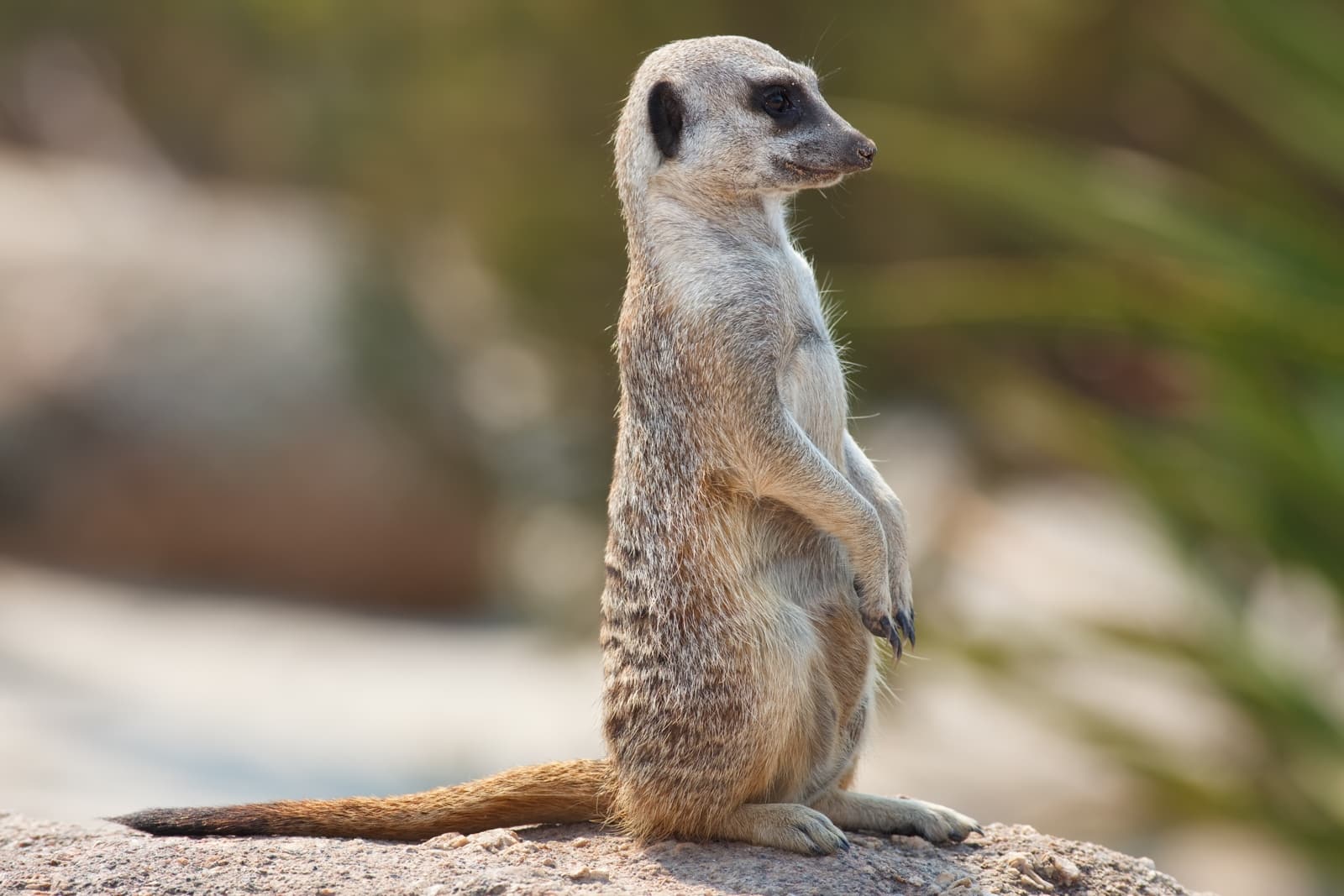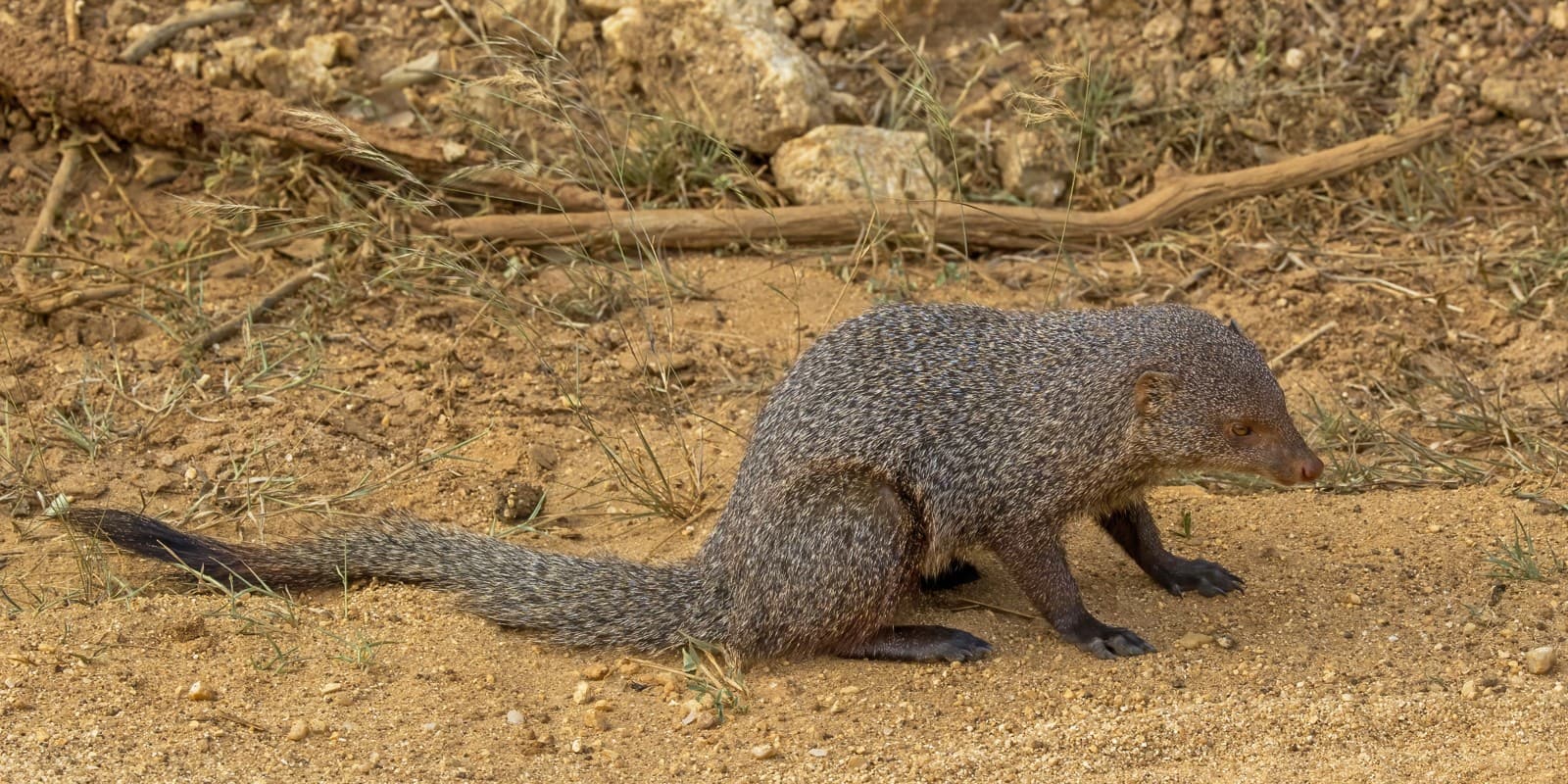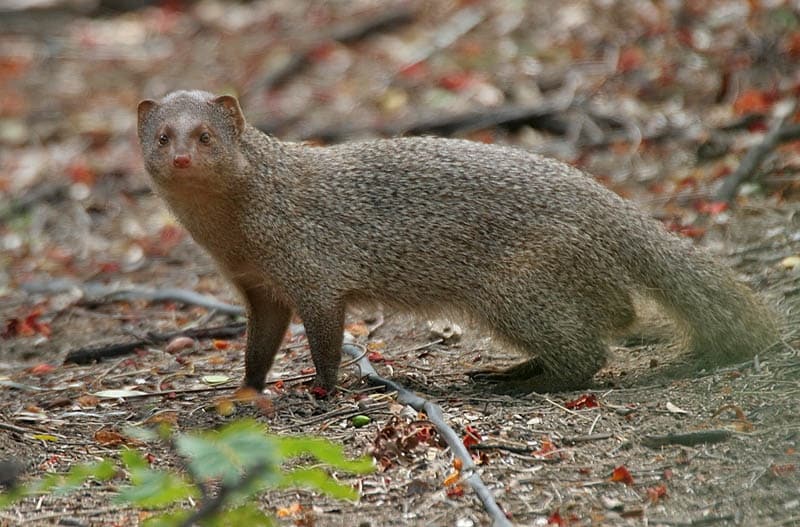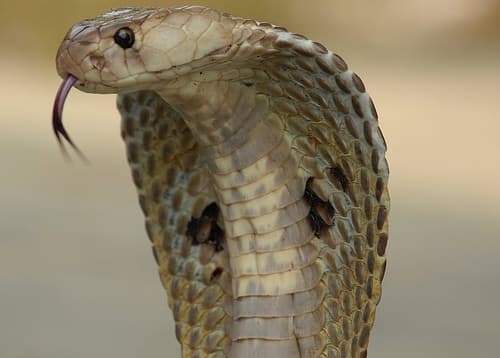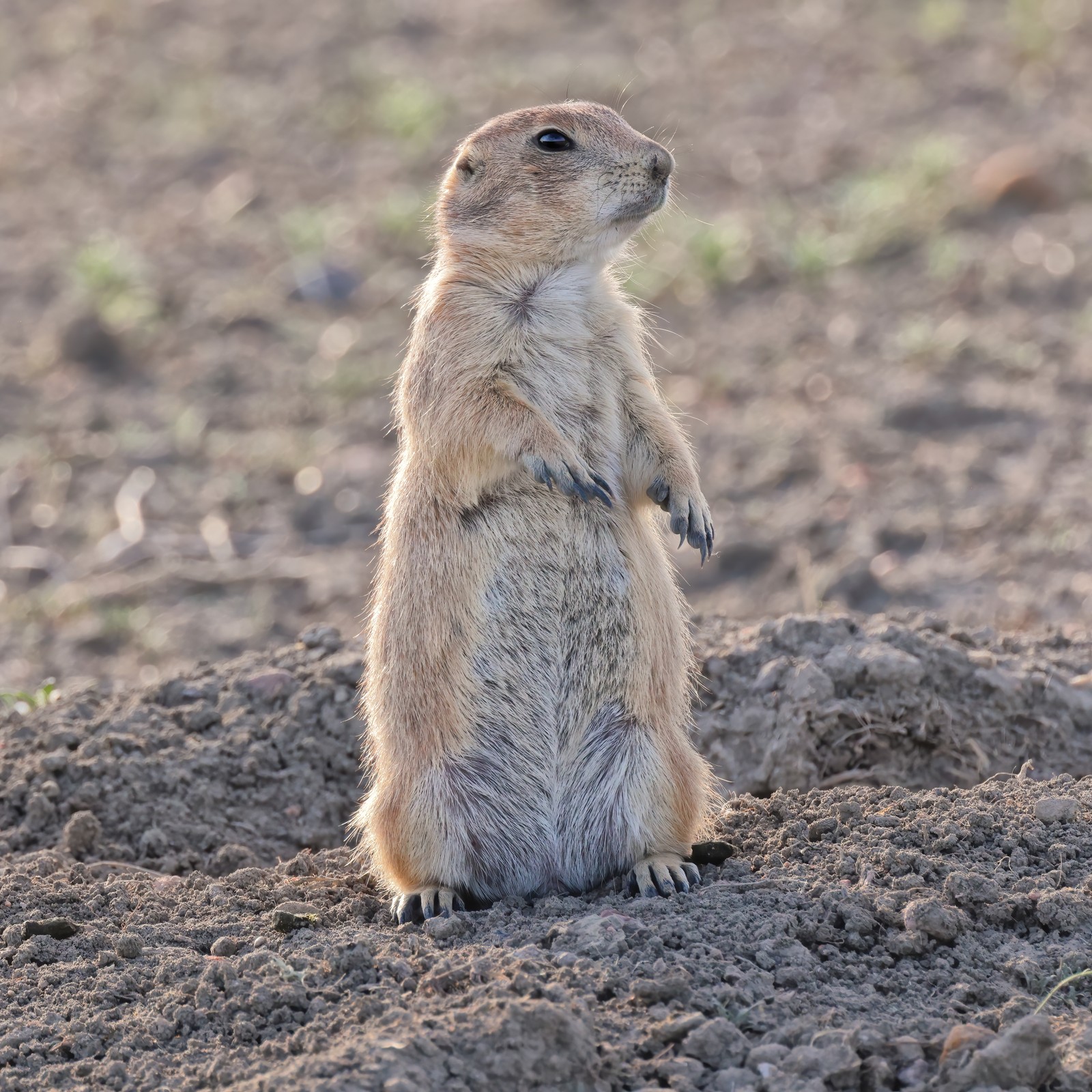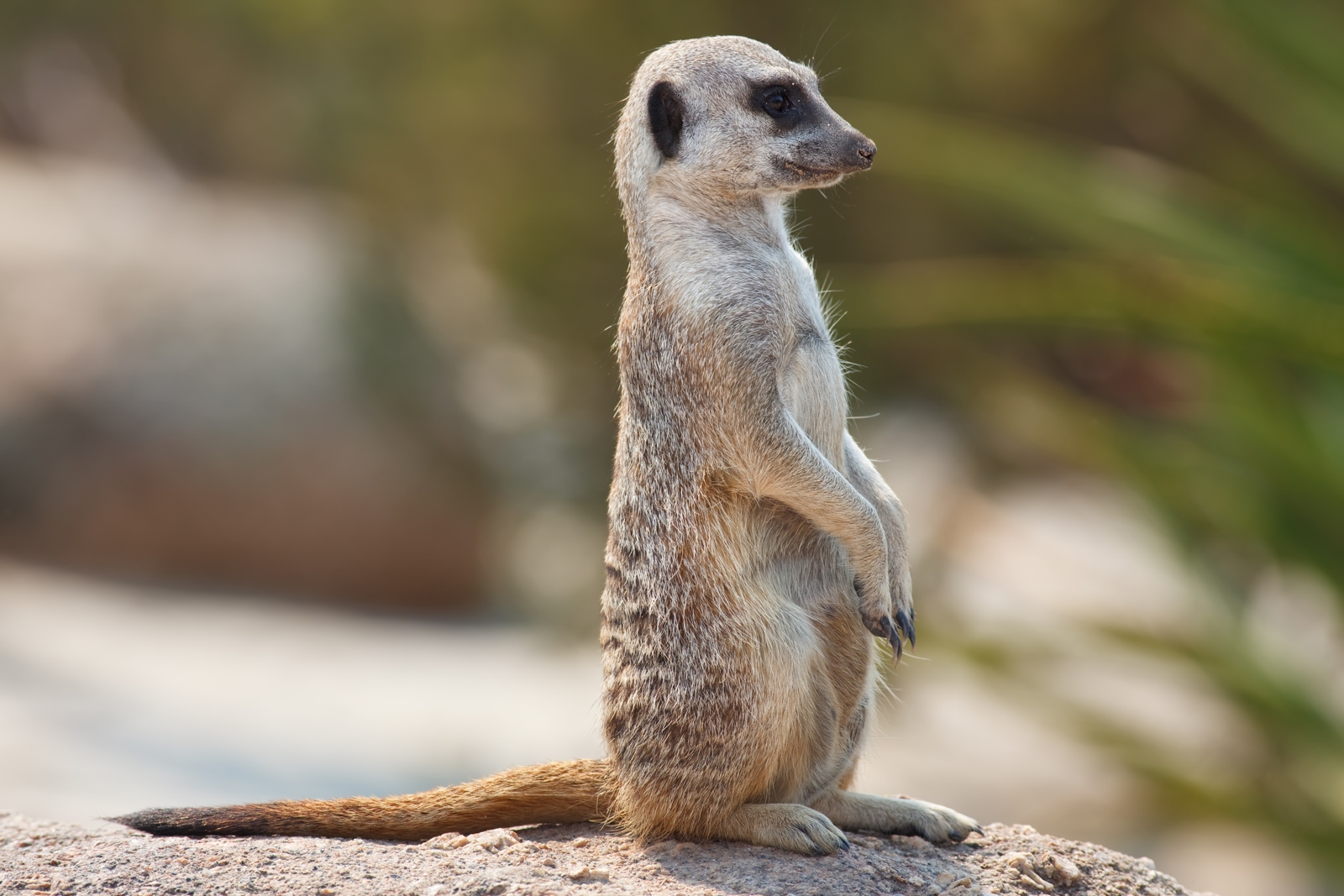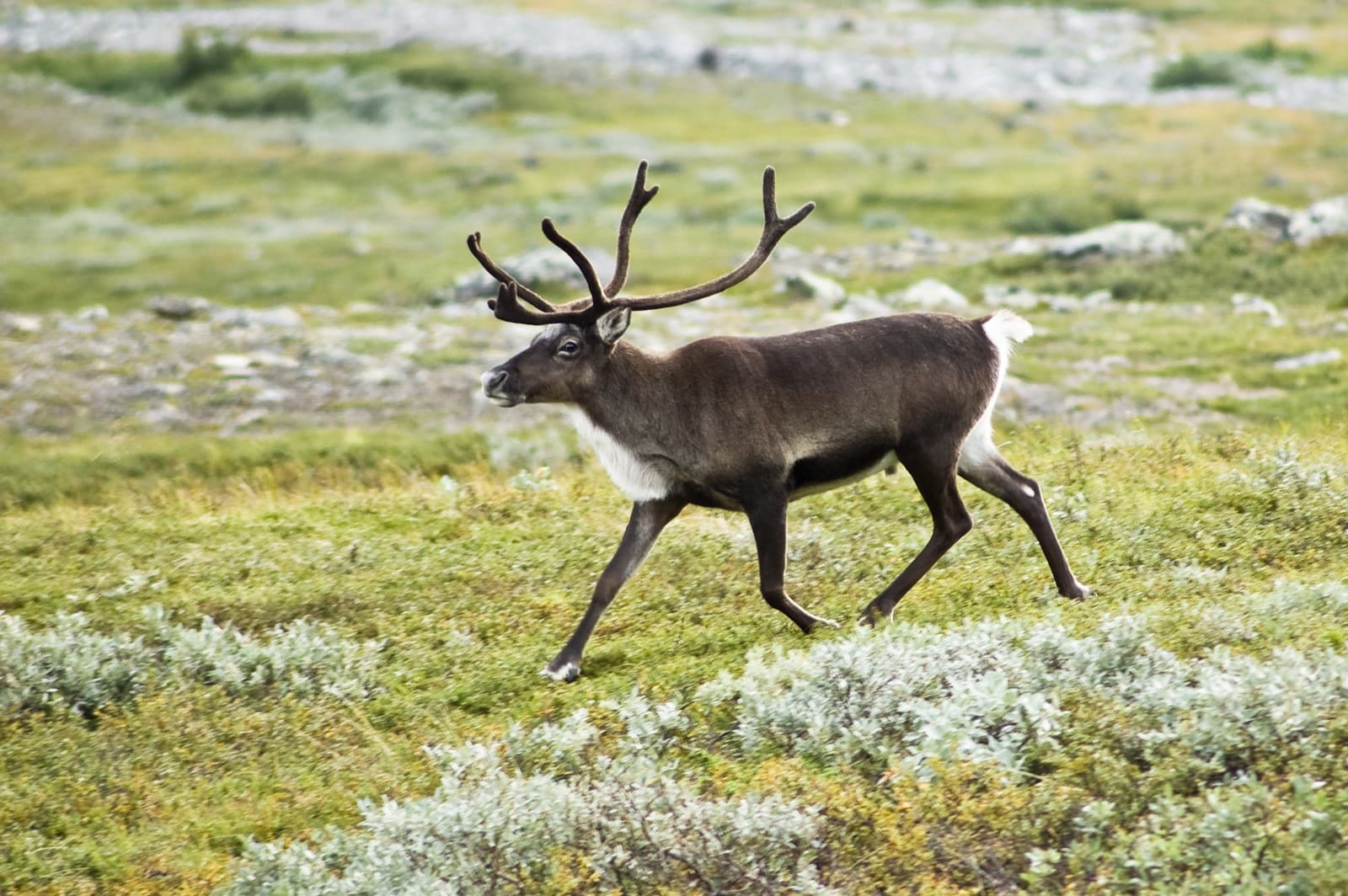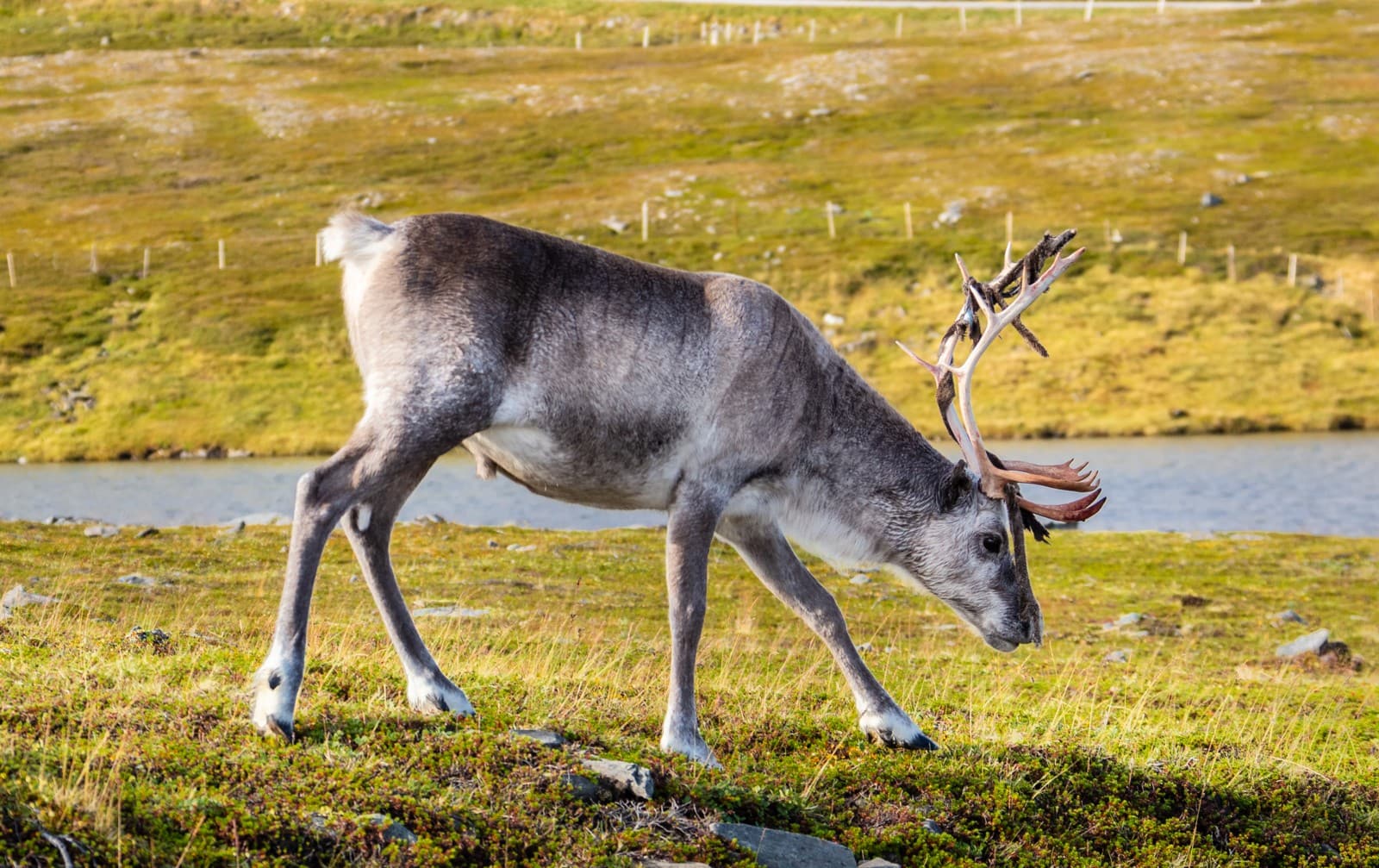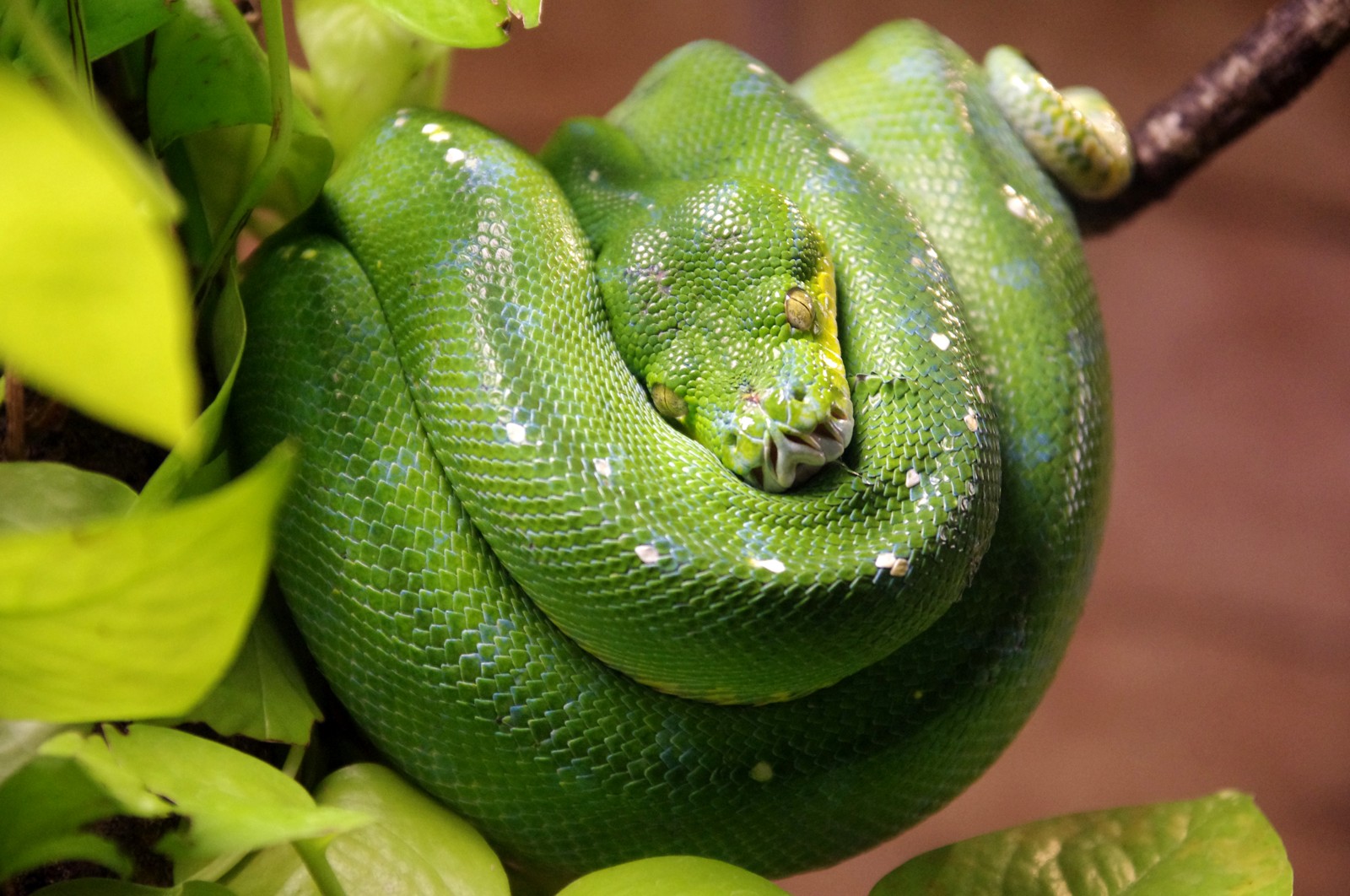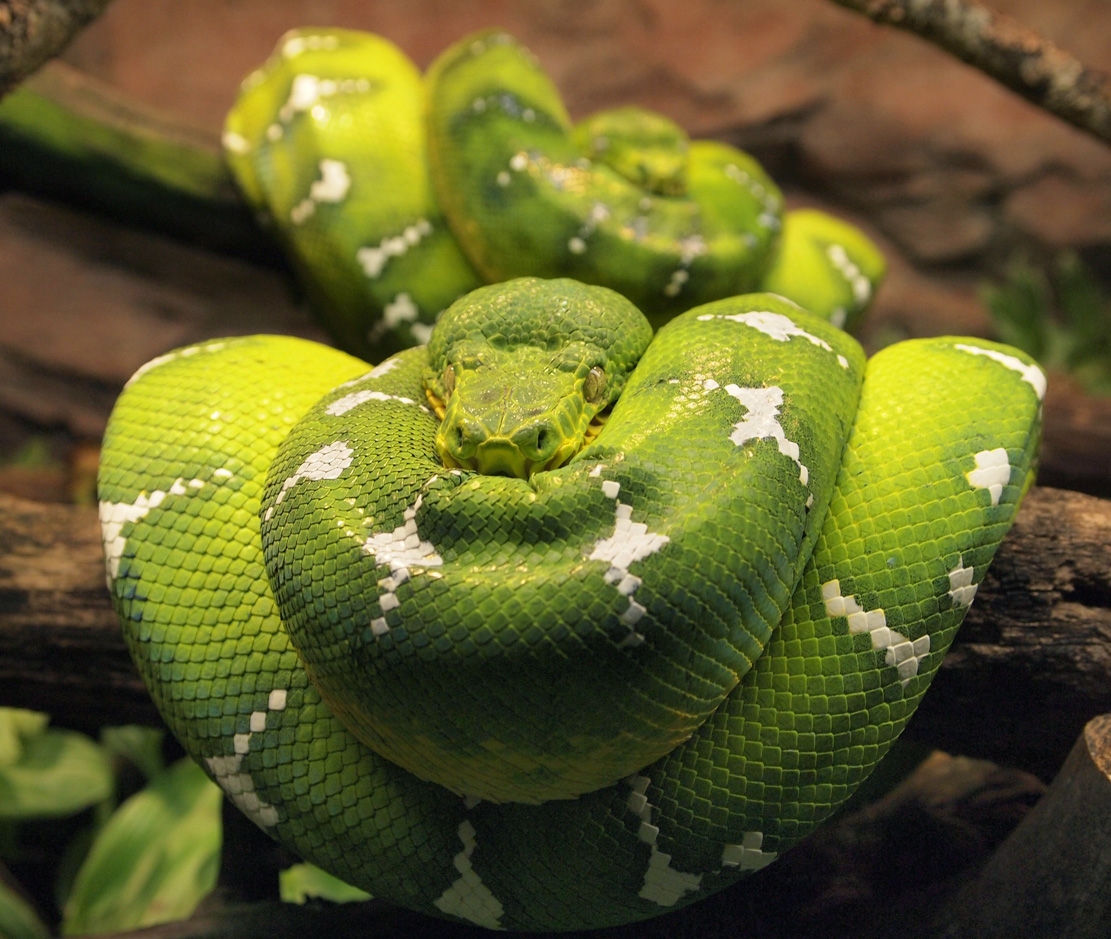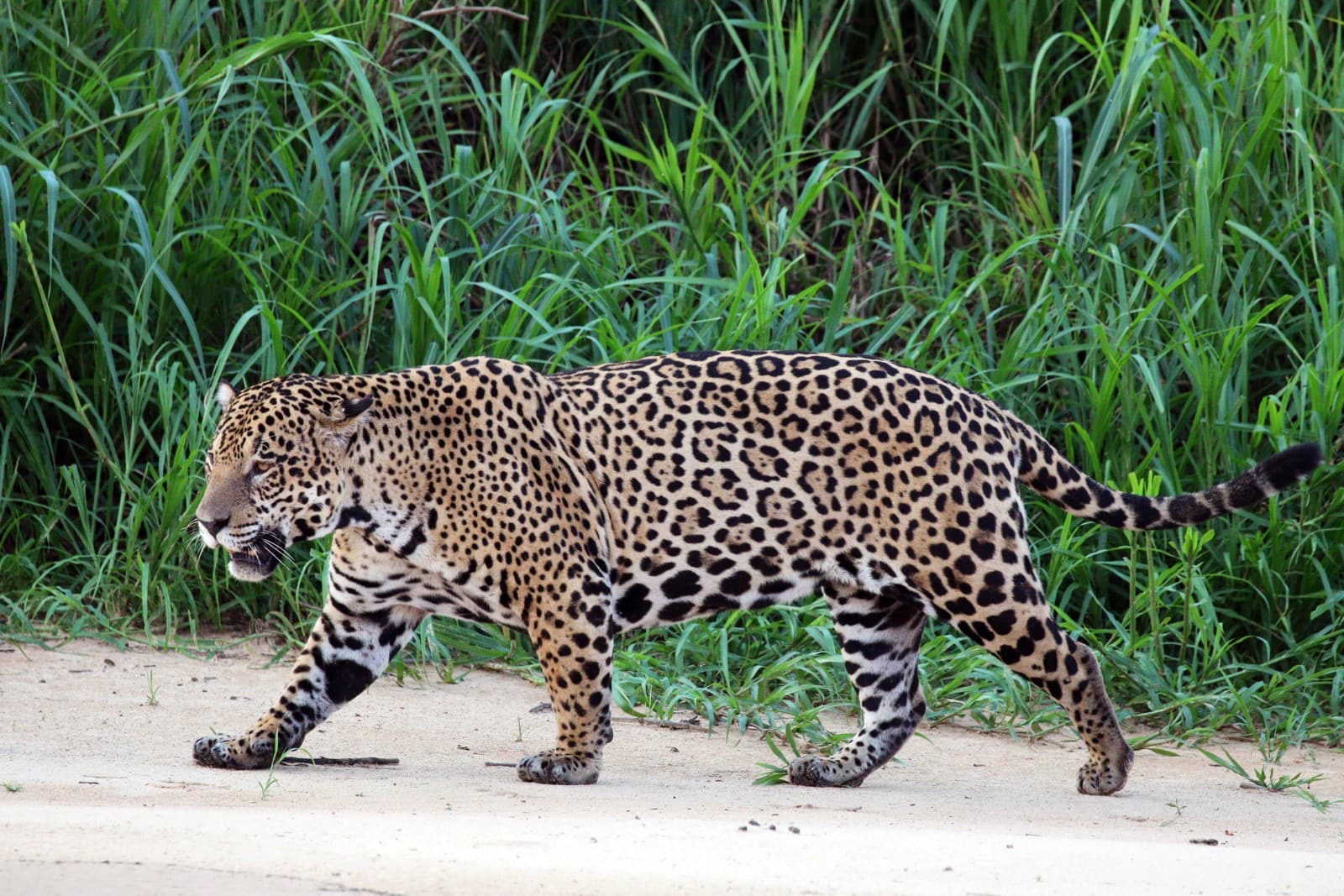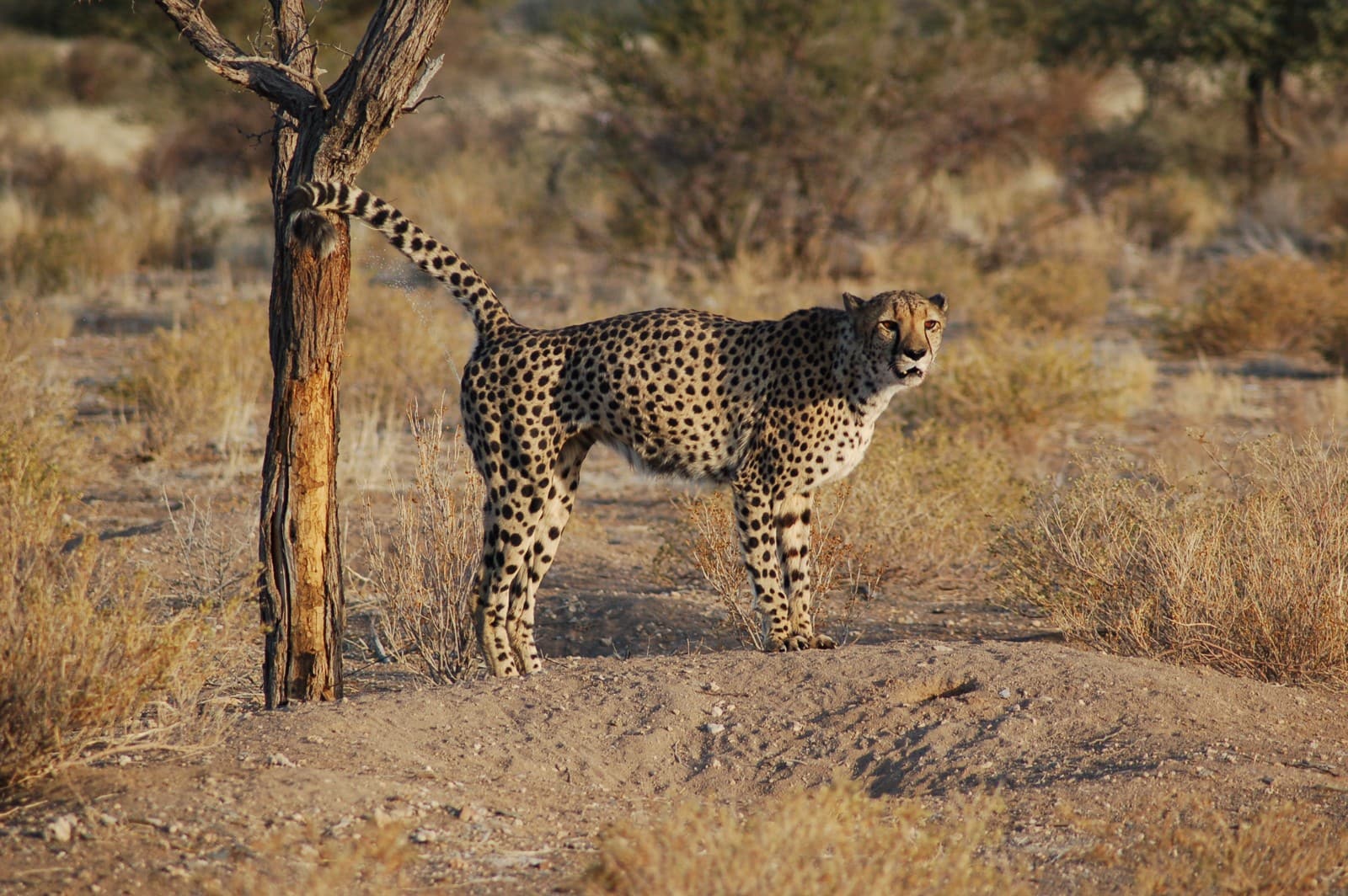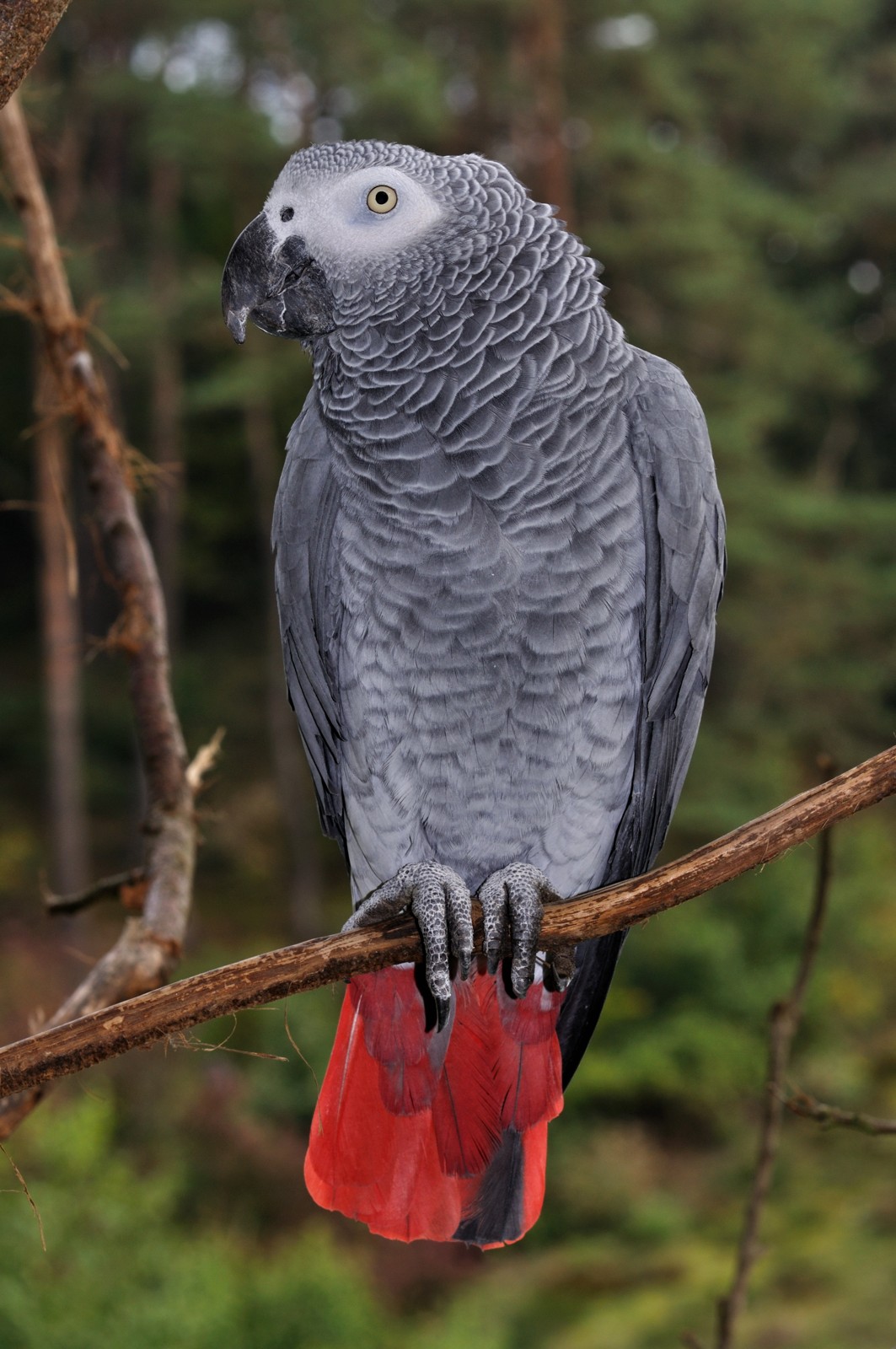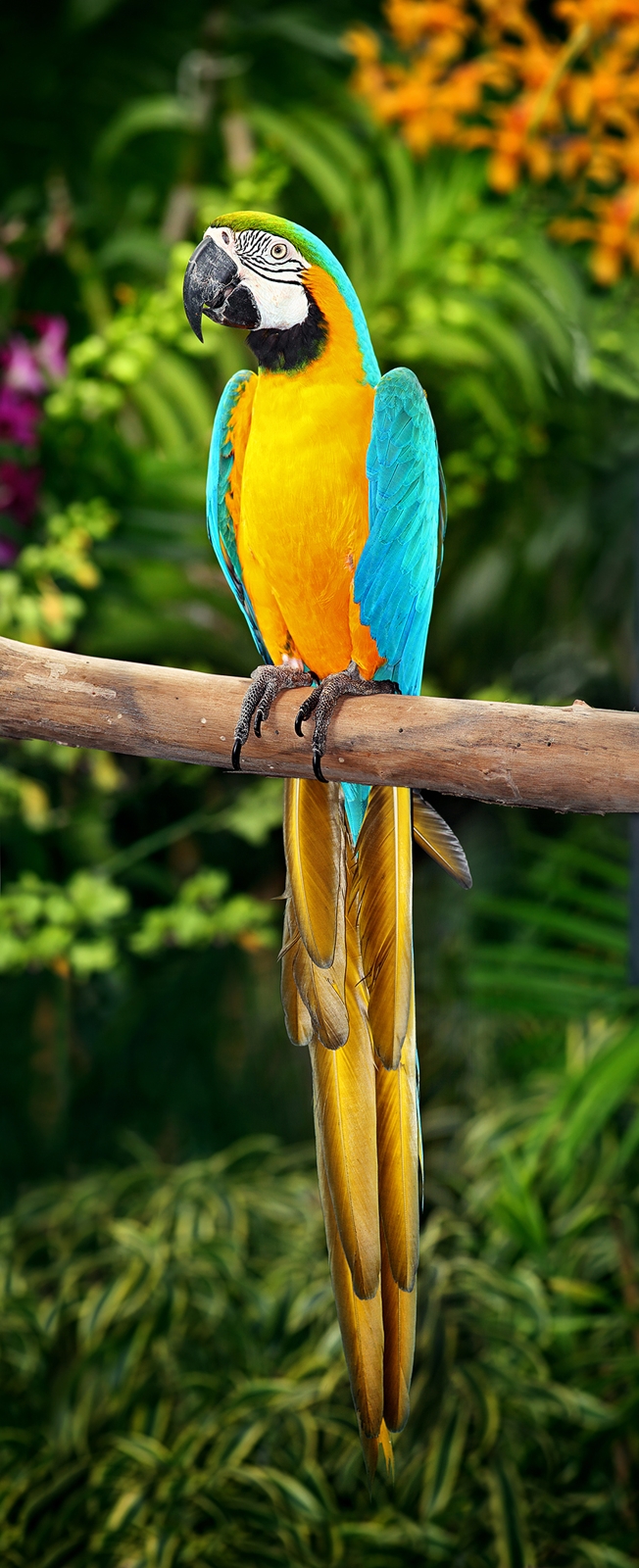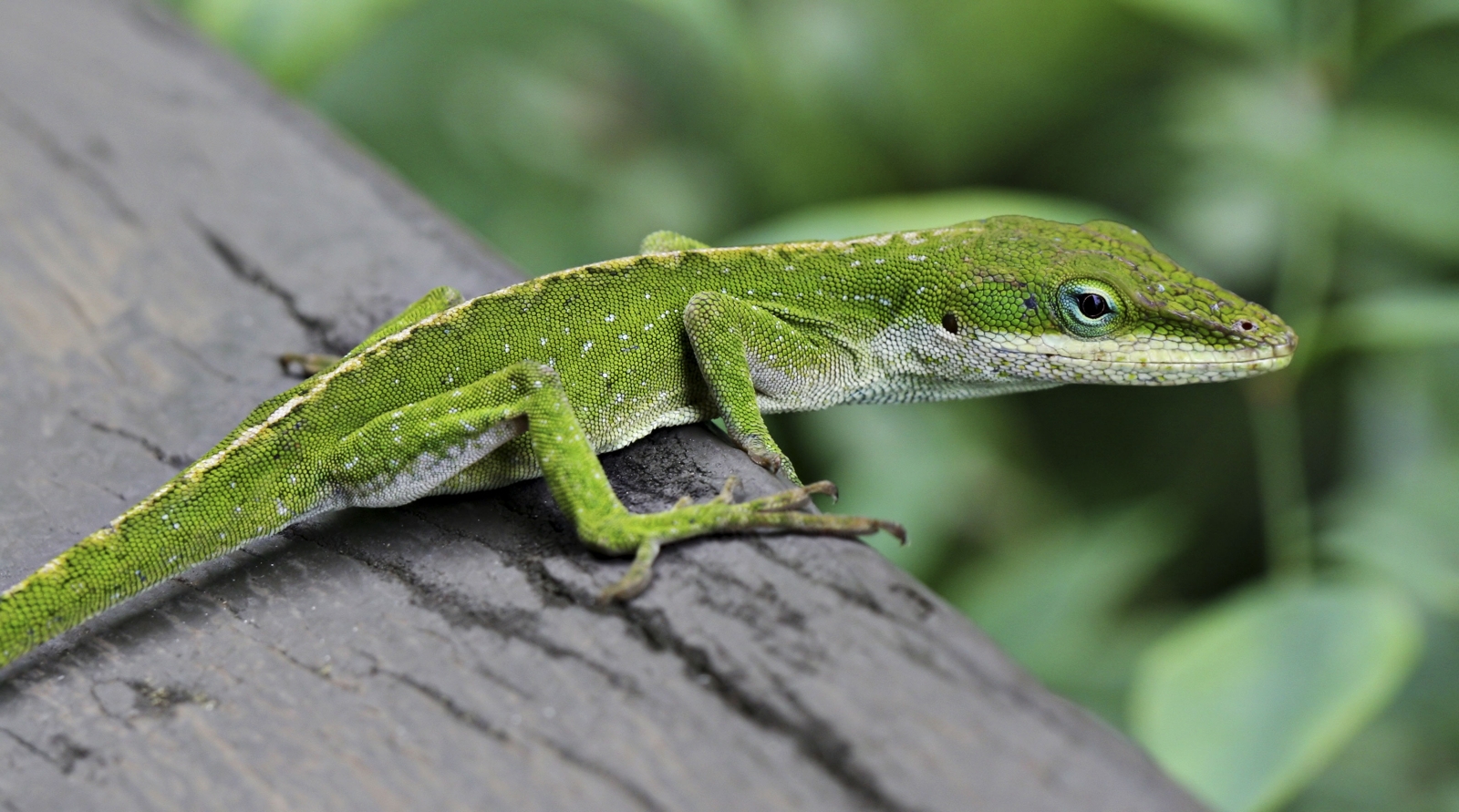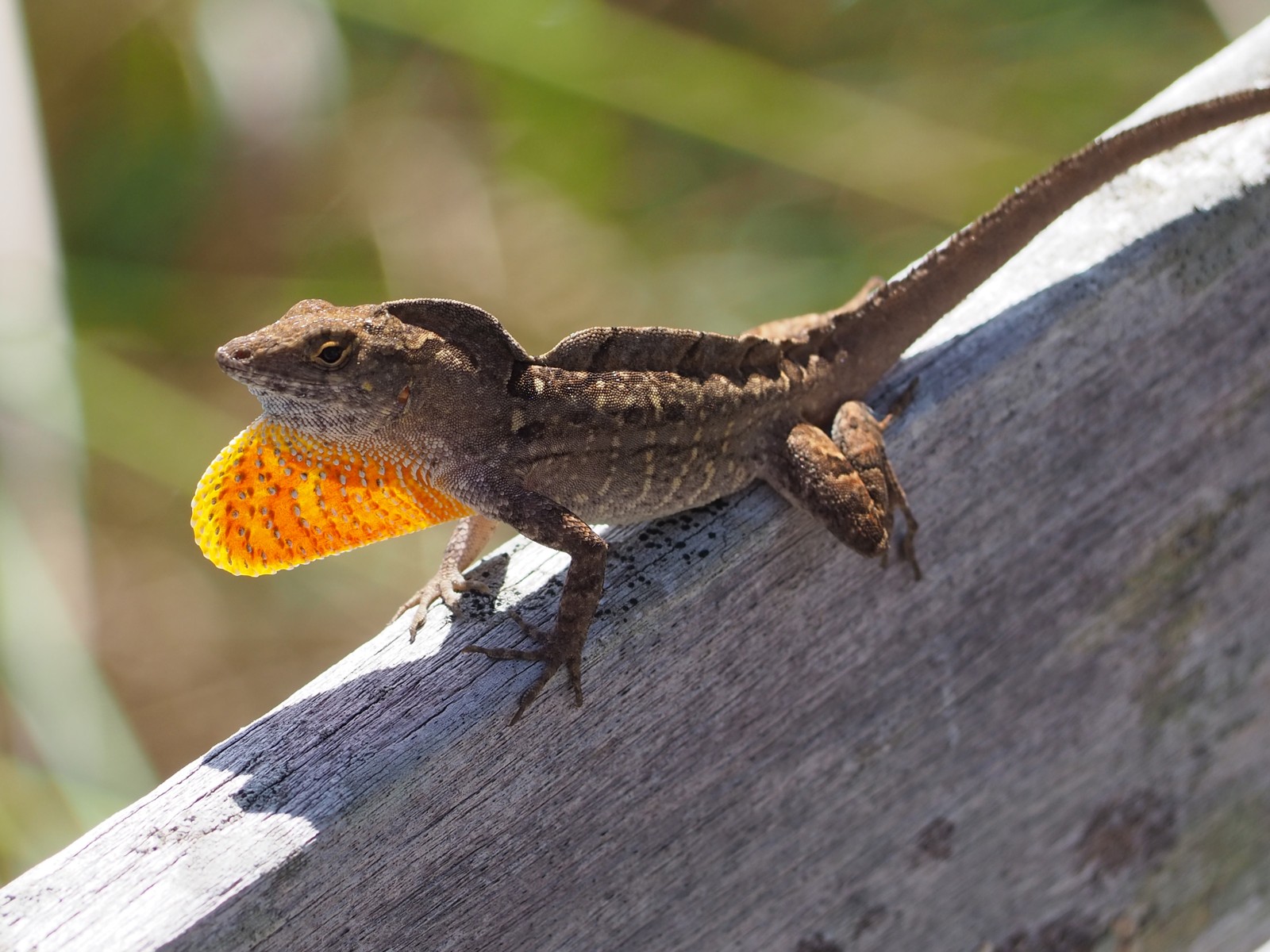Mongoose vs Meerkat: A Complete Comparison
While mongooses and meerkats belong to the same family (Herpestidae), these small carnivores exhibit distinct differences in their behavior, physical characteristics, and social structures. Mongooses typically lead solitary lives and range in size from 1-6.5 pounds (0.5-3 kg), while meerkats are highly social creatures weighing 1.4-2.2 pounds (0.6-1 kg) and living in groups called mobs.
The confusion between these species often stems from their similar appearances, but their lifestyles and adaptations set them distinctly apart. Let’s explore the key differences between mongooses and meerkats, examining their unique characteristics and behaviors that have evolved to suit their respective ecological niches.
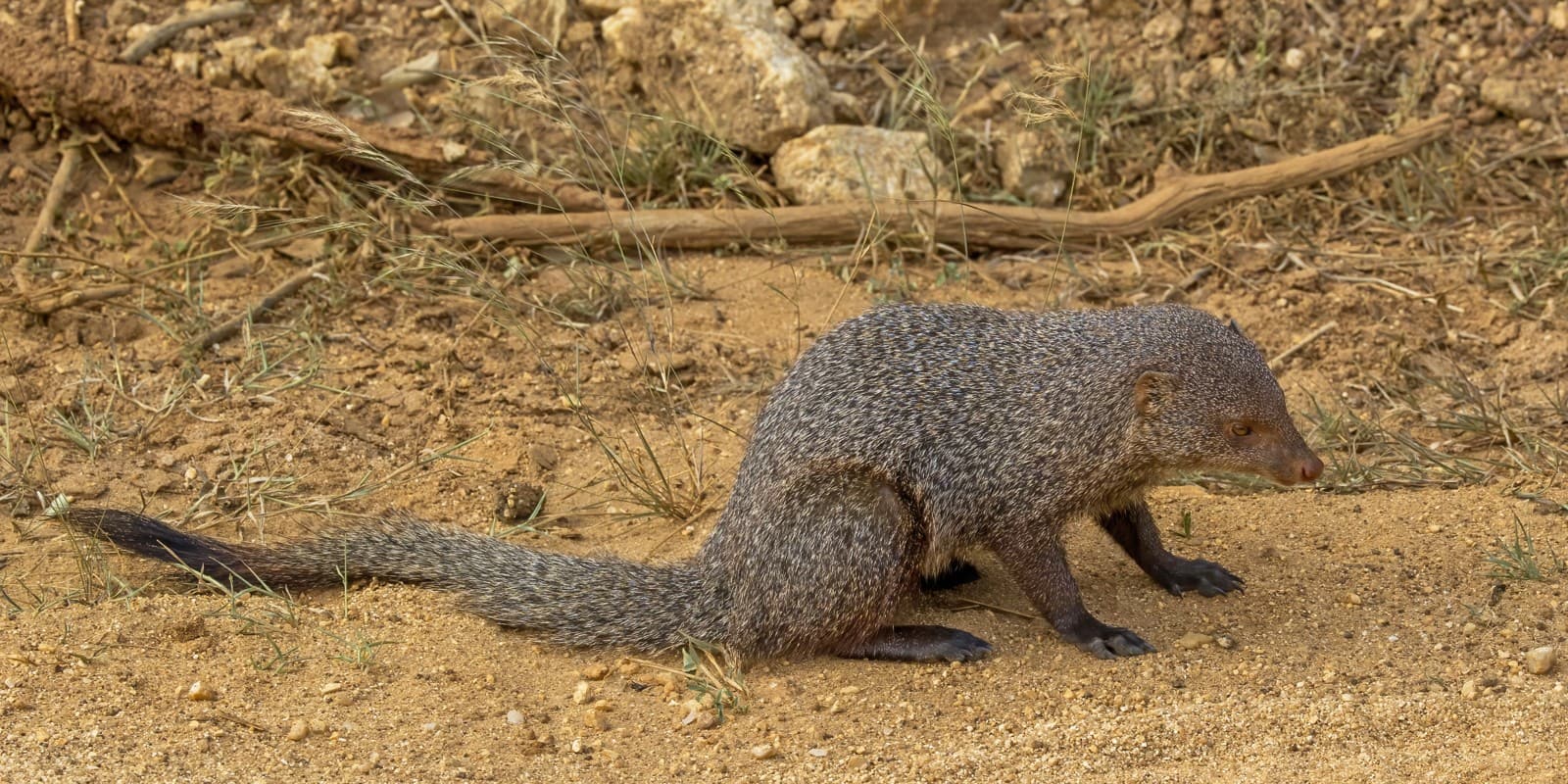
© Charles J. Sharp / CC BY-SA 4.0
The mongoose displays its characteristic hunting posture, demonstrating the muscular build and elongated body that makes it such an effective predator. Note the thick, bristly fur that provides protection during confrontations with dangerous prey.
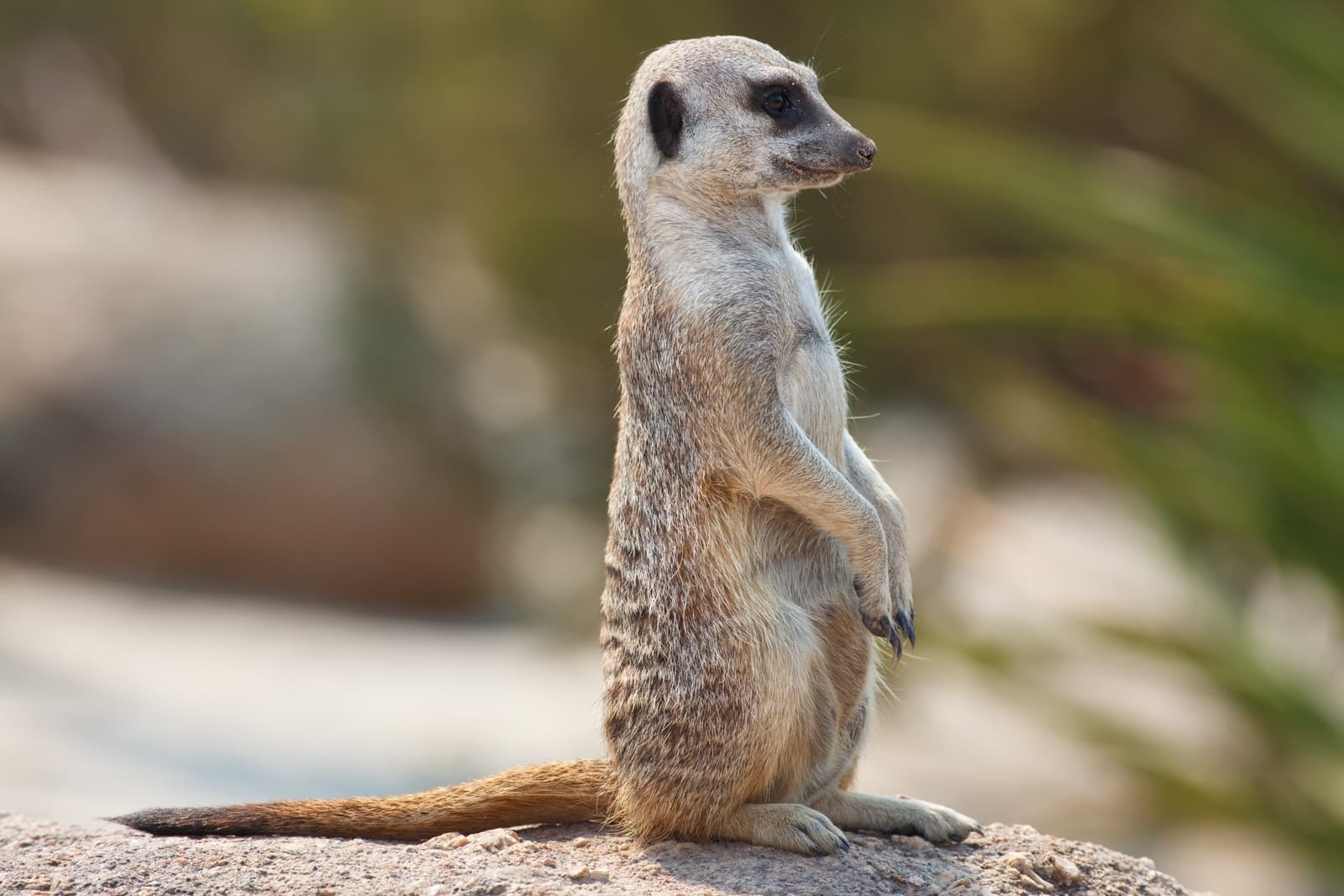
© Fir0002 / GFDL 1.2
A meerkat performs its iconic sentry duty, showcasing the species’ distinctive upright posture and vigilant behavior that helps protect its colony from predators.
Key Differences Between Mongoose and Meerkat
| Feature | Mongoose | Meerkat |
|---|---|---|
| Size | 1-6.5 pounds (0.5-3 kg) | 1.4-2.2 pounds (0.6-1 kg) |
| Social Structure | Generally solitary | Highly social, lives in mobs of 20-50 |
| Habitat Range | Asia, Africa, Southern Europe | Southern Africa only |
| Diet | Varied: snakes, rodents, birds, eggs | Mainly insects, some small vertebrates |
| Behavior | Independent hunters | Cooperative hunters and sentries |
| Distinctive Traits | Snake-killing abilities | Upright sentinel posture |
Habitat and Distribution
Mongooses show remarkable adaptability, inhabiting diverse regions across Asia, Africa, and parts of Southern Europe. These versatile carnivores thrive in various environments, from rainforests to deserts. In contrast, meerkats have a much more restricted range, occurring naturally only in the Kalahari Desert regions of Southern Africa, including Botswana, Namibia, and South Africa.
Social Behavior and Organization
The social structures of mongooses and meerkats represent one of their most striking differences. Most mongoose species are solitary hunters, only coming together briefly during mating seasons. Some species, like the banded mongoose, do form social groups, but these are exceptions rather than the rule.
Meerkats, however, exhibit complex social organization, living in colonies (mobs) of 20-50 individuals. These groups maintain sophisticated cooperative behaviors, including:
- Coordinated hunting strategies
- Shared pup-rearing responsibilities
- Organized sentry duties
- Communal burrow maintenance
Hunting and Diet
Mongoose Hunting Strategies
Mongooses have earned fame for their ability to battle and consume venomous snakes. Their quick reflexes and thick coat provide protection during these encounters. Their diet includes:
- Snakes (including cobras)
- Rodents
- Birds and eggs
- Insects
- Small reptiles
Meerkat Feeding Habits
Meerkats focus primarily on invertebrate prey, using their keen sense of smell to locate food buried in soil. Their diet consists of:
- Insects (80% of diet)
- Scorpions
- Small lizards
- Occasional eggs
- Some plant matter
Who Would Win: Mongoose vs Meerkat Combat Analysis
In a theoretical confrontation, a mongoose would likely emerge victorious due to several advantages:
- Larger size and greater muscle mass
- More experienced in solo combat
- Thicker, more protective coat
- Greater fighting experience with dangerous prey
However, such confrontations would never occur naturally due to different habitat preferences and social behaviors.
Conservation Status and Threats
Both species face various challenges in the wild:
Mongoose Threats:
- Habitat loss
- Human persecution
- Road mortality
- Invasive species competition
Meerkat Threats:
- Climate change affecting desert ecosystems
- Habitat degradation
- Human encroachment
- Predation pressure
Understanding these distinct characteristics and challenges helps conservation efforts for both species while highlighting their unique adaptations and ecological roles.
